Lymm is a village in North Cheshire, its name deriving from the Celtic words meaning place by running water which suggests there was a stream running through the area.
It was the site of my walk today.There are several old buildings and a notable landmark in the area and I have taken picture of a few of these but most of this is about a circular walk starting in Lymm village and returning to the start.
The man made Bridgewater Canal runs through this area and the circular walk starts and finishes close to it.
Lymm is about 25 minutes drive from my house.


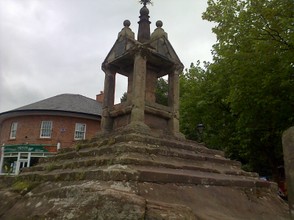
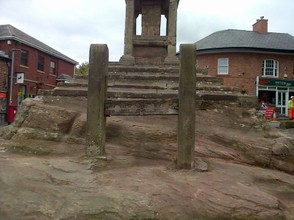
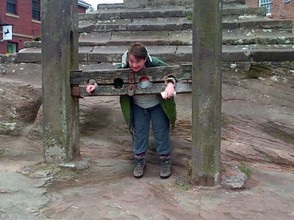
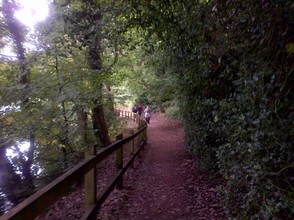
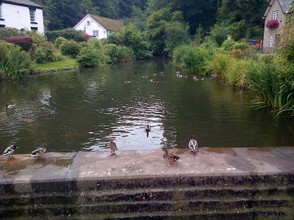
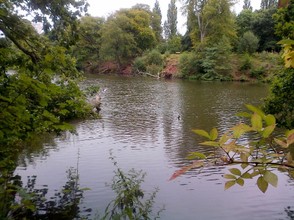
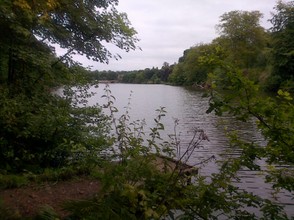
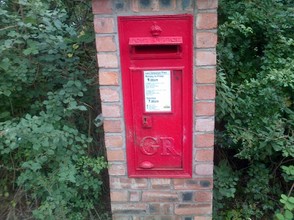
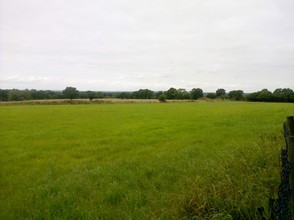
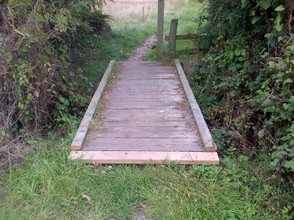
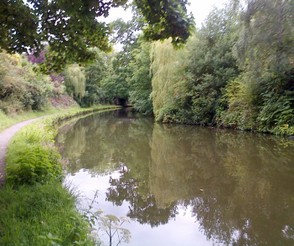
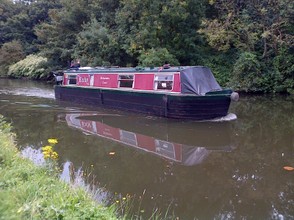
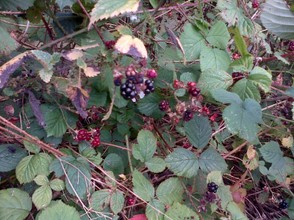
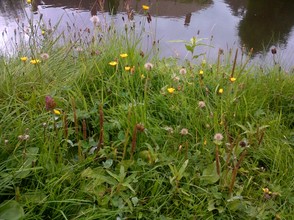
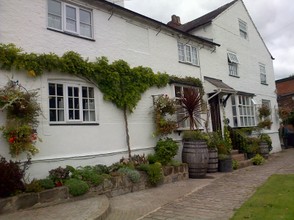
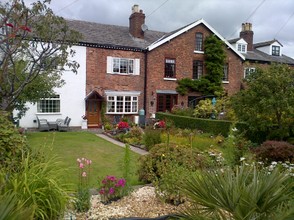
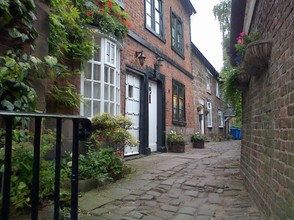
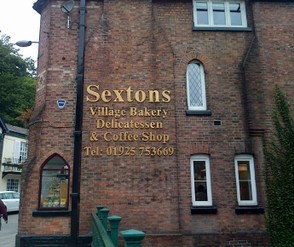
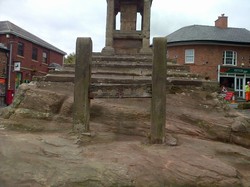

 Blarney Castle and Gardens, County Corkon 06/01/2023
Blarney Castle and Gardens, County Corkon 06/01/2023
 An Cóbh, Corcaigh, Eireon 05/29/2023
An Cóbh, Corcaigh, Eireon 05/29/2023
 Dublin ; The Book of Kellson 04/04/2023
Dublin ; The Book of Kellson 04/04/2023
 The Bee Tree Community CIC;- an online support communityon 08/24/2022
The Bee Tree Community CIC;- an online support communityon 08/24/2022

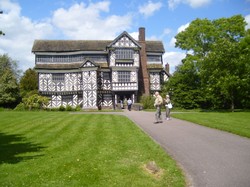
Comments
There is indeed presently a trend towards leaving flowers at scenes of road accidents but not generally crosses. I think USA is probably rather more spiritual than UK.
Edward 1st, a medieval king of England, left crosses long the route of his beloved wife's funeral procession. Charing Cross and Banbury Cross are two such of these.
I have never seen a cluster of 3 crosses.
Veronica, Is there a late twentieth- and early twenty-first-century tendency -- as there is here, particularly in the Southern states -- to leave crosses along the road or in traffic islands where a beloved died in a vehicular accident? Also, is there ever a cluster of three crosses?
There is plenty wildlife in Lymm . The canal didn't look too clean to me though :) It wouldn't pass my standards !
You mention the Bridgewater Canal flowing through Lymm. Since the authorities cleaned it up it has been a haven for wildlife. My father spotted otters on the canal some years ago. Geese and ducks are found all along it, and I believe that there could well be kingfishers. You will certainly see heron near the canal, as they are becoming more abundant in our region. I have seen them in Stretford, and remember that the Bridgewater runs not far from my house on its way through to meet the ship canal, so they can easily move along the waterway.
In the region of North Cheshire I have seen nuthatches and jays. The nuthatch looks a bit like kingfisher and is the only bird able to walk down a tree because of its peculiar arrangement of claws.
Fantastic . Your knowledge is astonishing
Scriptural carvings are a classic sign of a Celtic cross. While the Sandbach crosses date from the Saxon era, they seem to reflect Celtic [Irish] religious influence. This would have come down from Holy Island in Northumbria, for it was from this Iona-inspired monastery that North Cheshire, then in Mercia, was converted. Iona was an Irish foundation in Scotland that spread its influence across the north of Britain.
The Sandbach crosses are incredible and still have Scriptural carvings on them evident. They are Saxon it is believed
Frank your wish is my command , I shall do one but am working today.
Maybe as you have retired you could have a drive out that way, see the crosses, a walk and a lunch with your dear wife. A grand day out.
I have not seen that stone, so what you say confirms that this is a Celtic cross site. Do a post on the Sandbach crosses. I have not seen them and have only visited Sandbach once.
Also Frank take a look at the ancient stone underneath the monument. That is sandstone and a very very old installation.
Indeed but as I am unsure of the origins I did not wish to specify.
The site as known as Lymm Cross even after te cross had gone and then Queen Victoria's monument is still known as Lymm Cross.
Your comment about the Celtic missionaries is a good and valid one and I agree. The other main crosses round here would be the Sandbach Crosses which are incredible and I may do a post on those as a result of this Lymm one.